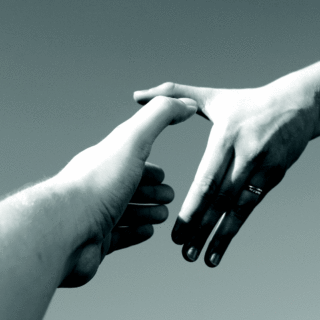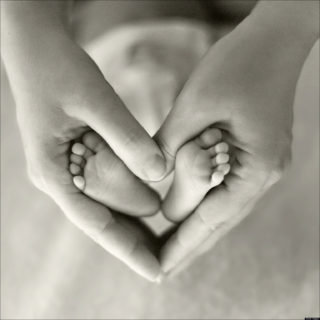We don’t have to look at habits and beliefs that are hurting us as failures. Imagine that you had been living in Calgary and heard the flood was coming. You put up a huge wall of sandbags around your home, and they work…your house is safe! Now, go 20 years into the future…the sandbags are STILL around your house. The flood is gone, the beauty of the world has returned, but all you see are sandbags.
People do this with beliefs and behaviors. We develop behaviors to help cope with a crisis. But sometimes we miss the later message that the crisis is over, and we keep behaving like it still exists, creating unnecessary suffering. Take the example of Amanda( a fictitious name)….
Amanda came in because she was feeling that she had trouble forming relationships with people at her work. She had changed jobs every six months in the last three years. Even though she was a hard worker and quite skilled, she always felt on the edge of being fired. “I don’t trust people when they say I did a good job.”
Amanda had a strong, hidden, belief that she was not good enough. Her crisis started when she was a child and someone told her that. Instead of building a wall of sandbags, she developed habits to protect her from being “punished” for not being good enough. She had to convince people that she really was good enough. She never fully accepted or enjoyed her accomplishments. She had to immediately dive into the next project. Worse, she never allowed herself to fully connect with her colleagues because she couldn’t risk letting them discover her secret (of not being good enough). Because she did not believe their compliments, Amanda started to not trust her colleagues. This eventually prompted Amanda to quit her job, thinking that they were going to fire her at any moment. Then the cycle would start over. Amanda was so protected against that first “crisis” that she never accepted the evidence that the crisis had passed, that she could take down the sandbags, because she really was good enough.
Here’s where Self-Compassion comes in
…by recognizing that your habits started as a way of protecting yourself you create space to be able to appreciate them for their intention, and to gently let go of those old habits and beliefs that are no longer of service to you.
This strengthens the likelihood that you can let go of those old habits…making effective, positive, change.
Here are some basic steps to get you started:
• Recognize that you have been working hard…trying to keep yourself safe from a threat that no longer exists.
• Really take that the intention of the habits that have been causing you to suffer was to keep you safe… AND the threat no longer exists
• Gently…with gratitude, appreciation, and compassion…let go of those old habits and beliefs that are no longer of service to you. Thank them and let them know that they are no longer needed.
• Recognize, and point out to yourself, the evidence around you that the old belief isn’t needed…that the crisis has passed.
Making a shift in perspective, can remove your own sandbags, and allow you to see the beauty around you.
John Gass is a Social Worker and Psychotherapist that uses The Hakomi Method to help his clients overcome habits and old beliefs that are causing them needless suffering. To find out more about John and The Hakomi Method, go to angelhands.ca


















No Comments
Be the first to start a conversation